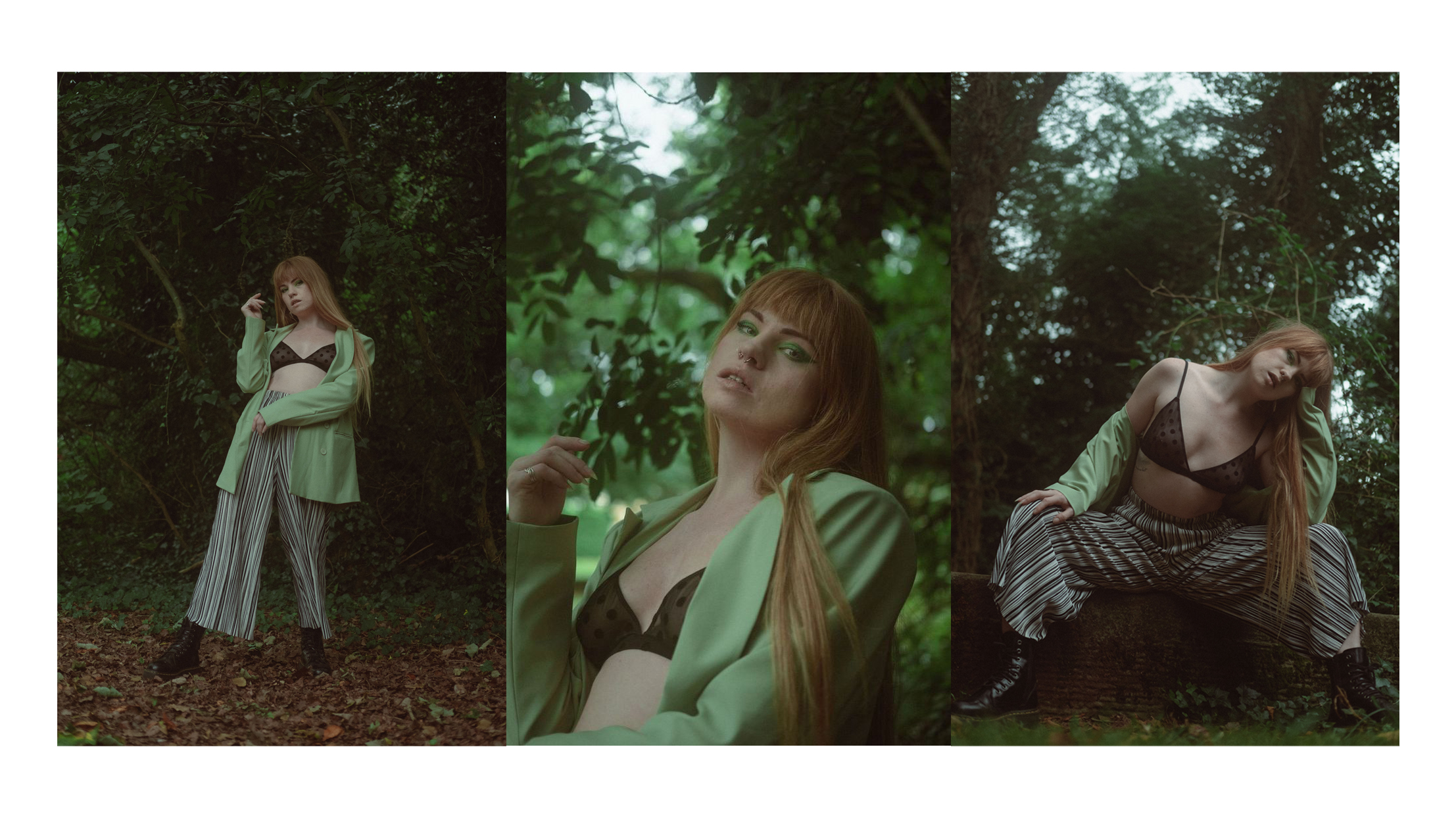Shooting professional models made me a better model, too
Photographers often feel uncomfortable in front of the camera, but I've learned a lot about posing from models

It’s almost an unwritten rule that photographers hate being on the other side of the camera. Behind the lens they might be calm, confident and collected, but put them in front of it and they have no idea how to act. There are some exceptions to this epic generalization, me being one of them, because not only have I always loved being in front of the camera, I’ve become a better model since I started shooting portraits professionally.
My passion lies in photographing people. I love the connection, the conversation and the confidence someone can feel when they look at the back of the camera. Shooting models and “normal” people both teach me different things; while shooting business owners, musicians or authors teaches me about new sounds and projects, shooting models has taught me how to move and angle myself in front of the camera.
• The best cameras for portraits are perfect for capturing sharp details and smoothly blurred backgrounds
I often feel sorry for models because they seem to get a lot of unwarranted stick for having an "easy job", but let me tell you this – modeling is far from easy. You often have to work long hours, there can be a sense of expectancy to eat right and exercise so you can keep "in shape", and on shoots you have to take on the role of different people, depending on what you're shooting. Knowing when to change pose, how to flow between them and understanding what makes your body look its best takes some skill.
Before I started shooting professional models I would dabble at being a model for my photography friends. When I reviewed the images, I always thought they looked very amateur; the poses didn’t look how I expected them to and I couldn’t help but feel like I looked uncomfortable.
Working with models (and indeed watching other professional photographers) has taught me tricks about the body that really so help. Simple acts like lifting your chin, popping your hip out, and extending one of your legs can help elongate your shape, highlight beautiful curves and ensure that shadows aren’t created where you don’t want them. Watching a professional model flow from pose to pose is like watching a dancer – it’s seamless and effortless but don’t be fooled, it has taken work to get to that stage.
Whenever I’m around my friends and we’re posing for pictures on holidays or at festivals, they often say to me, "Teach me how to pose, you’re so good at it," but the best advice I can give is to just have fun and not take yourself too seriously. Move around so your poses aren’t static (sometimes the best photos I take of people are the ones between shots as they look more natural), always angle your arms and legs so you don’t look flat, and listen to the photographer – they’ll help you fine-tune the micro moves.
Get the Digital Camera World Newsletter
The best camera deals, reviews, product advice, and unmissable photography news, direct to your inbox!
Also, check out the best lens for portraits or the best 50mm lenses – which also work well for portraiture, and are a little cheaper!

Having studied Journalism and Public Relations at the University of the West of England Hannah developed a love for photography through a module on photojournalism. She specializes in Portrait, Fashion and lifestyle photography but has more recently branched out in the world of stylized product photography. Hannah spent three years working at Wex Photo Video as a Senior Sales Assistant, using her experience and knowledge of cameras to help people buy the equipment that is right for them. With eight years experience working with studio lighting, Hannah has run many successful workshops teaching people how to use different lighting setups.
